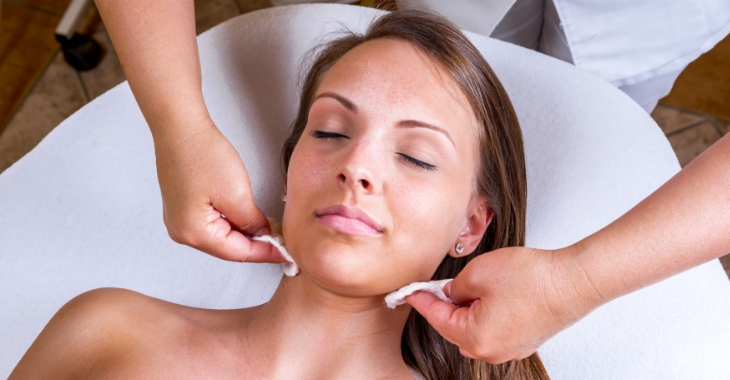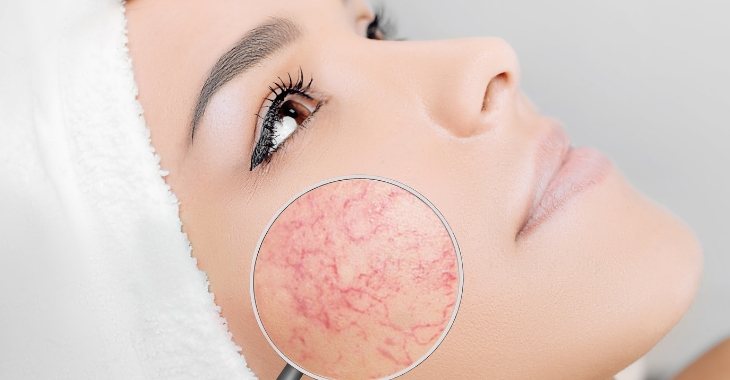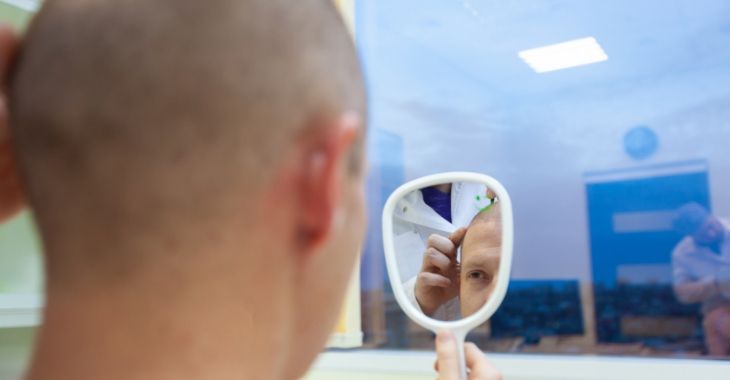Skin Rejuvenation with Chemical Peels

The surface of the skin changes as you get older, especially on your face. The skin can look dull, with discolorations and uneven tone to the skin. The skin becomes looser, less elastic, creating lines and wrinkles, especially around the eyes. If the face you see in the mirror looks older due to these types of skin changes, there are options to rejuvenate your skin. Consider a professional chemical peel to remove those old skin cells and bring back more youthful skin.
How to Chemical Peels Work?
Chemical peels may sound harsh, but the process is not painful or invasive. Most chemical peels use natural enzymes from fruits or other sources that help exfoliate and remove dead skin cells. The application of the exfoliation formula helps cleanse the top layer of your facial skin of old skin. As the skin heals, new fresh skin cells take the place of the dead cells that were removed, revealing more youthful skin.
After a chemical peel, the skin is usually red and may flake for a few days while the new cells are coming to the surface. This is part of the process, but once the skin is healed, you can notice a significant difference in your skin. Some issues that dissipate with a chemical peel treatment include:
- Fine lines and wrinkles
- Scarring
- Enlarged pores
- Dark pigmentation issues like sun spots
- Lost elasticity and tone
- Looser skin on the eyelids and around the eye
A chemical peel can be completed as a stand-alone procedure or in combination with other cosmetic treatments to improve your appearance. If you are interested in a chemical peel for skin rejuvenation, seek the professional care of a facial plastic surgeon for the best results.
Posted on behalf of:
Kami Parsa, M.D.
Oculoplastic Surgery
465 N Roxbury Dr. Suite 1011
Beverly Hills, CA 90210
(310) 777-8880
The information provided on this website, including text, graphics, images, and other materials, is intended solely for informational purposes and should not be used as a substitute for professional medical advice, diagnosis, or treatment.


)